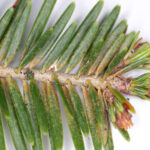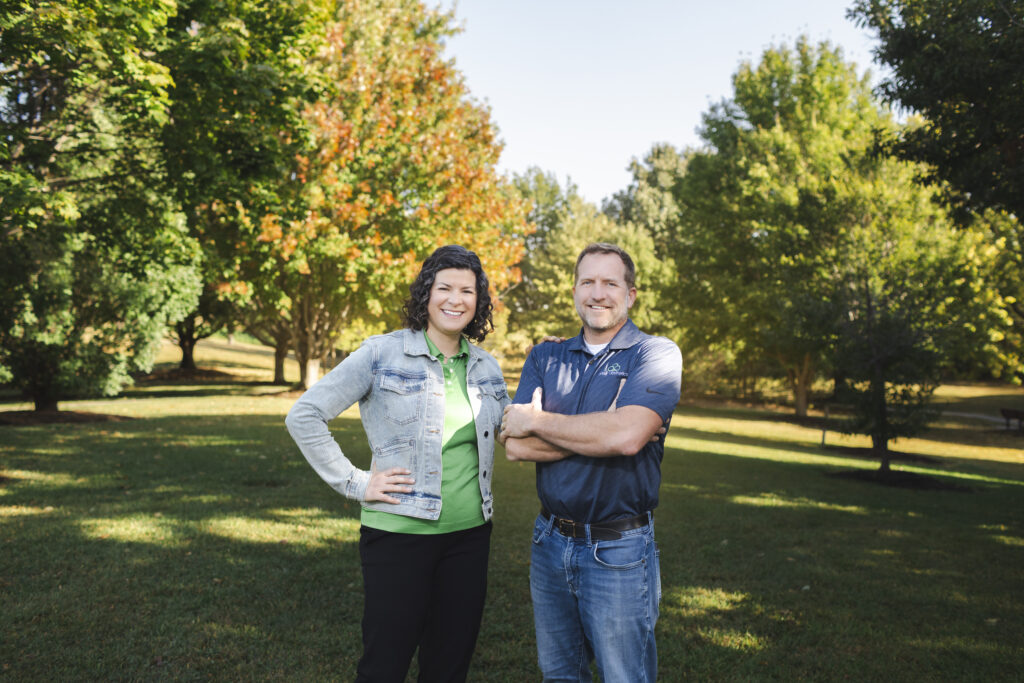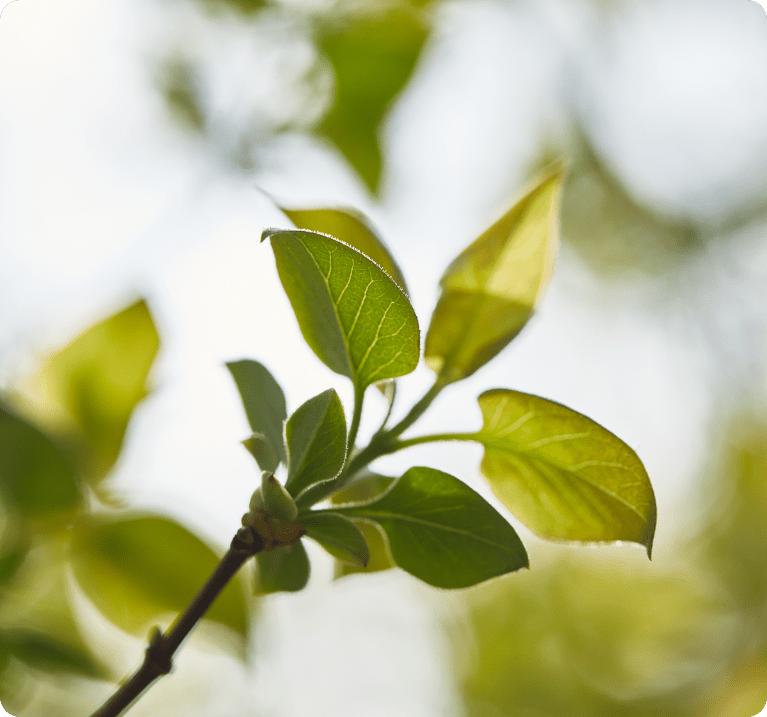We’re getting into late summer and iron chlorosis is rearing its ugly head for many trees in the Omaha area. This is a common disease in Eastern Nebraska that is easy to treat and cost effective if you plan on keeping your tree long term. Chlorosis is fatal if left untreated for multiple seasons. Don’t delay addressing this issue! If you have a relatively young tree that is continually chlorotic, consider replacing it with a different species.
50 Shades of Green – Symptoms of Chlorosis
In the early to mid-summer, you may notice your leaves turning an abnormal color like yellow or light green. This discoloration may occur on your whole tree, or just sections of the canopy. Look closely at the leaves and you’ll spot green veins, like in this photo. In advanced stages of disease, leaves will begin to turn brown and fall off, and limbs will begin to die back.
What Causes Iron Chlorosis?
Generally, Nebraska’s soils are alkaline (pH above 7). While our soil contains plenty of iron and manganese, the alkalinity makes the nutrients insoluble and unavailable to trees. Merely adding iron to the soil may not improve the condition of the tree. The problem can be further compounded by low oxygen conditions which are common in poorly drained soils or soil that has been compacted due to heavy foot traffic or construction.
What species are most susceptible?
Very common:
- Pin oak
- Silver maple
- Red maple and hybrids (Red Sunset, Autumn Blaze, etc)
- River Birch
Less common:
- Cottonwood
- Swamp white oak
- Bald cypress
- Ornamental juniper
- Eastern white pine
Is Iron Deficiency Fatal?
Yes – iron deficiency kills trees. Trees need iron to manufacture chlorophyll. When a tree lacks chlorophyll, it can’t produce adequate energy via photosynthesis and the tree will begin to decline.
A tree in decline is also more susceptible to other diseases and insects.
A tree in decline is also more susceptible to other diseases and insects.
Can I Prevent it? How do I treat it?
There are many methods of treating iron chlorosis, with some being more effective than others:
- Water during dry spells, but don’t overwater. Believe it or not – overwatering can CAUSE iron deficiency!
- Mulch to improve soil conditions, but keep it under 2″ deep and don’t pile it against the trunk. No mulch volcanoes!
- Don’t fertilize. Excess nitrogen or phosphate can cause a tree to become chlorotic. Keep lawn fertilizers away from trees. Again, mulching under a tree instead of growing grass is a good solution.
- Soil additives: You can amend the soil under the tree in a variety of methods. However, the tree may not respond to these methods until the following season, and research shows this method is ineffective especially for larger trees. Remember: Nebraska soil is rich in iron; the high pH makes it unavailable to trees.
- Avoid planting susceptible species in alkaline and/or poorly drained soil.



Our Treatment Method
Arbor Aesthetics uses a macro injection system to flush iron (and/or manganese, depending on the species) directly through your tree’s vascular system via injection sites at the root flare. These treatments are performed in the fall and can provide up to three years of green, happy leaves for your tree!












